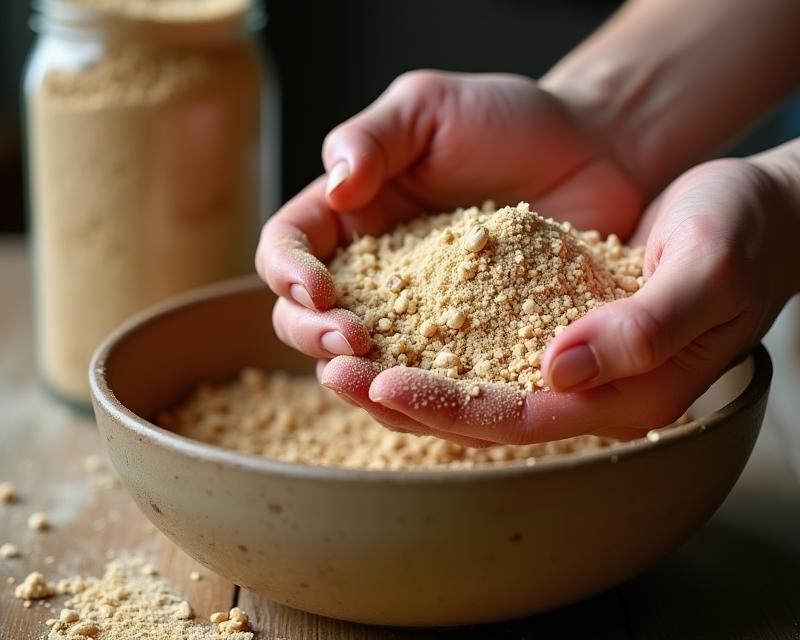Elephant Grass: A Forage Powerhouse
Publish in Sustainable Farming el 03/07/2025 17:20
Elephant Grass: A Forage Powerhouse
Elephant grass ( *Pennisetum purpureum* ) is a remarkable tropical grass gaining popularity among farmers, ranchers, and gardeners alike. Known for its impressive biomass production, it's an excellent choice for livestock feed, silage, and even biofuel production. This article will guide you through the best practices for cultivating elephant grass and maximizing its yield.

Planting Elephant Grass
Getting your elephant grass started is relatively straightforward. The most common method is using stem cuttings. Take cuttings 12-18 inches long from healthy, mature plants. Plant these cuttings in well-drained soil, spacing them about 1-2 feet apart. Elephant grass thrives in warm climates and requires plenty of sunlight – at least 6-8 hours per day. You can also start from seed, but this method takes longer and is less common. Ensure the soil is adequately prepared, removing any weeds and rocks. Water thoroughly after planting to help establish a strong root system.
Fertilizing for Maximum Growth
Elephant grass is a heavy feeder and benefits greatly from regular fertilization. A balanced fertilizer with nitrogen (N), phosphorus (P), and potassium (K) is essential. A common application is 20-20-20 fertilizer applied at planting and then again 6-8 weeks later. Soil testing is highly recommended to determine the specific nutrient needs of your soil. Organic options like compost and manure can also be used to enrich the soil and provide slow-release nutrients. Avoid over-fertilizing with nitrogen, as this can lead to excessive leaf growth at the expense of stalk development.
Harvesting and Utilizing Elephant Grass
Elephant grass is ready for harvest when it reaches 3-4 feet in height. You can harvest it in stages, cutting the stalks at the base. The most common use is for livestock feed, where it's often chopped and fed directly or ensiled (fermented) to create high-quality silage. Silage is a great way to preserve the grass for use during dry seasons or winter months. Elephant grass can also be used for bedding, mulch, or even as a source of biomass for biofuel production. Regular harvesting encourages regrowth and maintains a healthy, productive stand. Consider harvesting every 3-4 months to maximize yield.
Tips for Success
- Watering: Elephant grass needs consistent moisture, especially during establishment and dry periods.
- Weed Control: Keep the area around your elephant grass free of weeds, which compete for nutrients and water.
- Pest Management: Monitor for pests like leafhoppers and stem borers. Use appropriate pest control measures if necessary.
- Soil Drainage: Ensure good soil drainage to prevent root rot.





